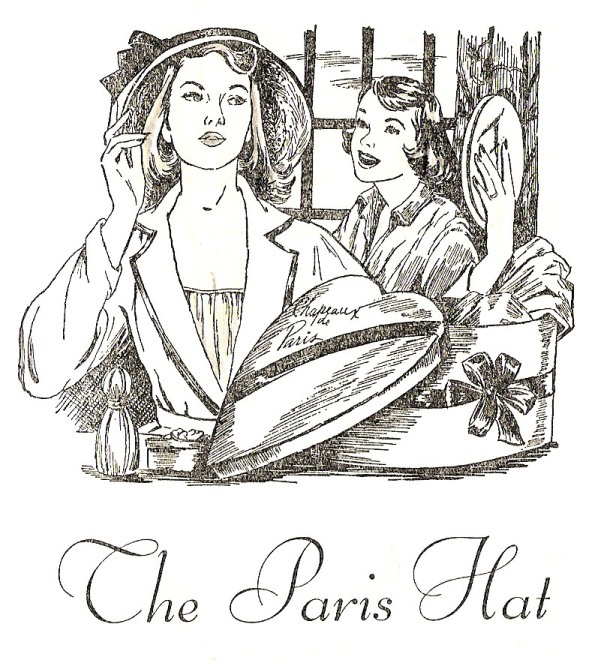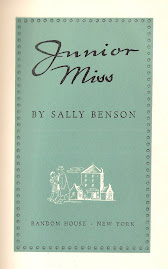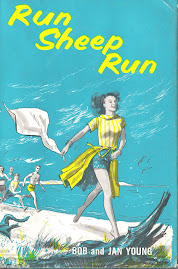 Title: Halfpenny Linda
Title: Halfpenny LindaAuthor: Jean Nielsen
Publisher: Funk & Wagnalls, 1963
Setting: chilly England
Fun: dancing with girls, American boys, Welsh history, Cornish history, Scottish history
Quote: Kathyrn nudged her and laughed. "Oh, there're other ways if you really want to see [the boys.] But why, actually? It's such a nuisance -- all those party manners and pretending to be interested in their dull cricket scores and always giving them the best cakes and so on. It's much jollier just to run around with the girls."
The above quote tells me more about the history of gender relations in England than I ever wanted to know. I really can't imagine an American novel in which a character would feel that, as mere girl, she doesn't deserve the best piece of cake. However, autres temps, autres moeurs.
Halfpenny Linda is the scene of many such culture clashes, almost all of them about boys and girls. The premise is that Linda, an American, is sent to live with her mother's family in England and go to school for a year there. This is not a reward, but a last-ditch effort to save her from failure, since -- because of her social life -- she is flunking high school in Southern California. This is also where the title comes from, as Linda's father, in a kind of "tough love" scene, tells her she's only worth a halfpenny unless she shapes up.
Linda goes to London, and is depressed by the damp and cold and also depressed by a girls-only school and a general attitude that boys and girls shouldn't mix. At a night at the local Youth Centre, for instance, the girls dance with each other, because asking the boys might put them (the boys) on the spot. "What if they don't want to?" asks Icy, Linda's cousin. Linda plunges in and does ask a boy to dance with Icy and the result is tears, anger and complete abandonment of the Youth Centre.
I'm not really sure how accurate a guide Halfpenny Linda is to the lives of English teenagers of that time. I keep reminding myself that the Beatles came out of this era -- and even the "innocent" Beatles aren't really as innocent as they seem -- and then there was Swinging London, etc. As an outsider it's probably something I can't really understand. The intent of a book like this, however, is for the stranger to eventually accept the local customs and begin to appreciate the good things of life in a strange land. This Linda does -- and she neatly elides the boy problem by meeting two American exchange students who aren't at all shy around girls. She also travels, during the vacations -- sorry, holidays -- and learns about Roman Britain, King Arthur and other historical figures. By the end of Halfpenny, Linda has finally cracked maths, pulled up her grades and learned that there is more to life than surfing.











